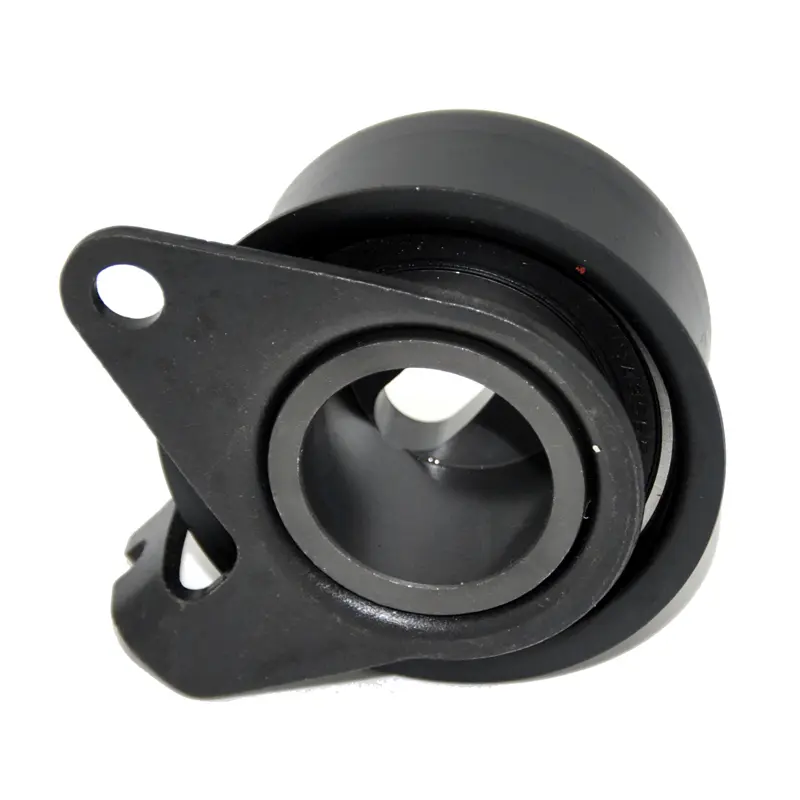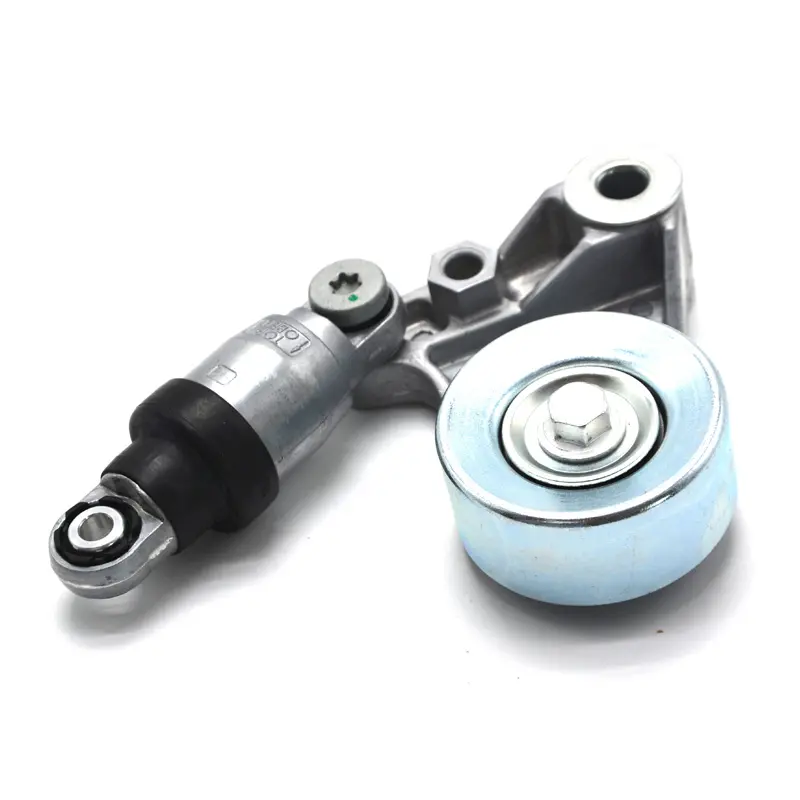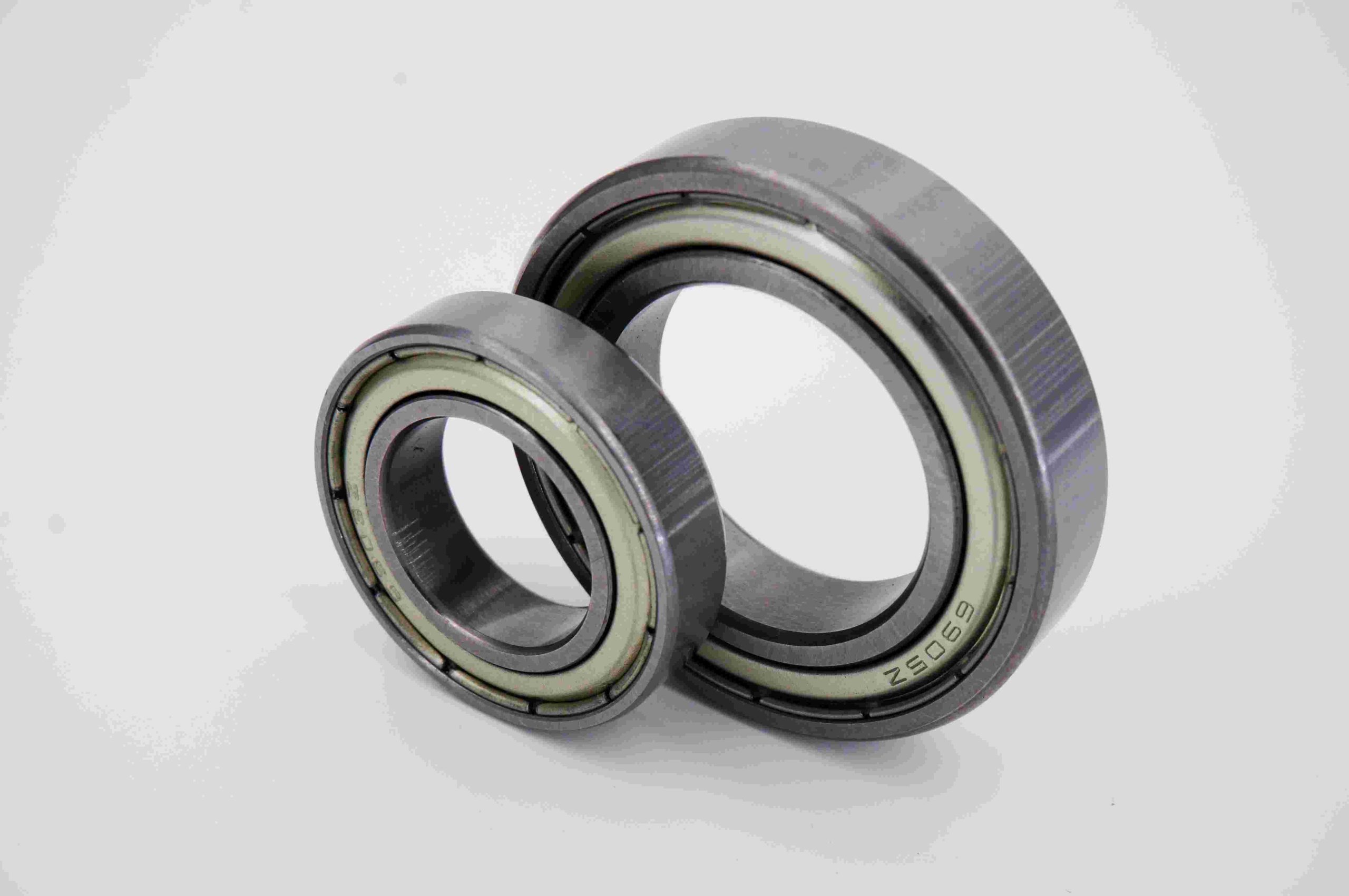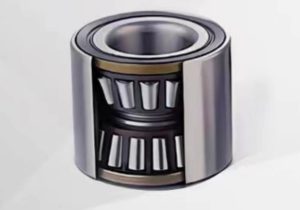Introducere
Rulmenți pentru butuci de roată DU sunt componente esențiale ale sistemului de suspensie al oricărui vehicul. Acestea facilitează rotirea lină a roților, susțin greutatea vehiculului și suportă diferitele forțe întâlnite în timpul condusului, cum ar fi accelerarea, frânarea și virajele. Tipul specific cunoscut sub denumirea de rulmenți de butuc de roată DU este conceput pentru a oferi durabilitate și performanță ridicate în condiții solicitante. Cu toate acestea, la fel ca toate piesele mecanice, acești rulmenți necesită o întreținere corespunzătoare pentru a-și maximiza durata de viață și pentru a asigura siguranța și eficiența vehiculului dumneavoastră.
Acest articol oferă un ghid cuprinzător privind modul de maximizare a duratei de viață a rulmenților de butuc de roată DU. Prin înțelegerea funcției acestora, identificarea timpurie a potențialelor probleme și respectarea celor mai bune practici de întreținere, puteți prelungi durata de viață a rulmenților, evita reparațiile costisitoare și menține performanța optimă a vehiculului.
Înțelegerea rulmenților butucului roții DU
Rulmenții de butuc de roată DU sunt de obicei proiectați ca unități etanșe, combinând atât rulmentul, cât și ansamblul butucului într-o singură componentă. Aceste rulmenți sunt responsabili pentru mai multe funcții cheie:
- Susținerea greutății vehiculului: Rulmenții butucului roții suportă întreaga greutate a vehiculului, împreună cu pasagerii și încărcătura. Acestea sunt proiectate pentru a face față forțelor verticale și laterale generate în timpul condusului.
- Permiterea rotirii ușoare a roții: Prin reducerea frecării, acești rulmenți permit roților să se rotească lin și eficient. Acest lucru este esențial pentru menținerea controlului și asigurarea unei călătorii confortabile.
- Menținerea alinierii și a stabilității: Rulmenții butucului roții care funcționează corect ajută la menținerea alinierii roților și a stabilității vehiculului, contribuind la o manevrabilitate sigură și previzibilă.
- Protejarea împotriva contaminanților: Designul etanș al rulmenților pentru butuci de roată DU împiedică pătrunderea murdăriei, apei și a altor contaminanți în ansamblul rulmentului, ceea ce contribuie la prelungirea duratei sale de viață.
Având în vedere rolul critic pe care îl joacă acești rulmenți, este esențial să vă asigurați că aceștia sunt întreținuți corespunzător pentru a preveni defectarea prematură și pentru a le prelungi durata de viață.
Cauze frecvente de defectare a rulmentului de butuc de roată DU
Înțelegerea cauzelor frecvente ale defecțiunilor rulmenților butucului roții poate ajuta la luarea de măsuri preventive. Iată câteva dintre cele mai frecvente probleme:
- Contaminare: În ciuda designului lor etanș, rulmenții butucului roții pot fi totuși compromiși de contaminanți precum murdăria, apa și sarea de pe șosea. Aceste elemente pot penetra garnitura în timp, ducând la coroziune și la uzura rulmenților.
- Supraîncărcarea: Depășirea capacității de greutate a autovehiculului poate supune rulmenții butucului roții unei solicitări excesive, ducând la o uzură accelerată și la o posibilă defecțiune. Acest lucru este deosebit de frecvent în cazul vehiculelor utilizate frecvent pentru remorcare sau transportul de încărcături grele.
- Instalare necorespunzătoare: Instalarea incorectă a rulmenților butucului roții poate duce la o aliniere greșită, o distribuție inegală a sarcinii și o frecare crescută, toate acestea putând reduce durata de viață a rulmentului.
- Daune de impact: Lovirea de gropi, borduri sau alte pericole rutiere poate cauza deteriorarea rulmenților butucului roții. Chiar și un impact mic poate duce la lovituri sau fisuri în rulment, compromițând integritatea acestuia.
- Lubrifiere slabă: Deși rulmenții pentru butuci de roată DU sunt concepuți să nu necesite întreținere, rulmenții mai vechi sau neetanșeizați pot suferi de lubrifiere inadecvată, ceea ce duce la creșterea frecării, căldurii și uzurii.
- Condiții de conducere: Conducerea frecventă pe drumuri accidentate, expunerea la condiții meteorologice dificile și obiceiurile agresive de conducere pot contribui la uzura prematură a rulmenților butucului roții.
Cele mai bune practici pentru maximizarea duratei de viață a rulmenților de butuc de roată DU
Pentru a vă asigura că rulmenții de butuc de roată DU durează cât mai mult posibil, urmați aceste bune practici:
1. Inspecție și întreținere periodică
Inspecțiile de rutină sunt esențiale pentru detectarea potențialelor probleme înainte ca acestea să ducă la defectarea rulmenților. În timpul întreținerii regulate a vehiculului, solicitați unui mecanic profesionist să verifice starea rulmenților butucului roții. Aceasta include:
- Ascultarea zgomotelor neobișnuite: Un bâzâit, un zgomot de măcinare sau un mormăit provenit de la roți este adesea un semn de uzură sau deteriorare a rulmenților. Detectarea timpurie poate preveni probleme mai grave în viitor.
- Verificarea jocului roților: În timpul unei inspecții, mecanicul va verifica dacă roțile au un joc sau o mișcare excesivă. Acest lucru poate indica faptul că rulmenții sunt uzați și trebuie înlocuiți.
- Inspecție vizuală: O inspecție vizuală poate dezvălui semne de rugină, coroziune sau alte deteriorări ale ansamblului de rulmenți. Deși designul etanș al rulmenților pentru butuci de roată DU reduce probabilitatea unor astfel de probleme, este totuși important să verificați.
2. Evitați supraîncărcarea vehiculului dvs.
Respectați capacitatea de încărcare recomandată de producător pentru vehiculul dumneavoastră. Supraîncărcarea solicită suplimentar rulmenții butucului roții, ducând la o uzură mai rapidă și la o posibilă defecțiune. Dacă transportați frecvent încărcături grele sau tractați remorci, luați în considerare investiția în rulmenți proiectați pentru capacități de încărcare mai mari.
3. Conduceți cu atenție
Obiceiurile dvs. de condus au un impact semnificativ asupra duratei de viață a rulmenților butucului roții. Pentru a minimiza uzura:
- Evitați să vă loviți de gropi: Încercați să evitați gropile și pericolele rutiere ori de câte ori este posibil. Dacă nu le puteți evita, încetiniți pentru a reduce impactul asupra rulmenților dumneavoastră.
- Luați ușor colțurile: Virajele agresive exercită forțe laterale suplimentare asupra rulmenților butucului roții, accelerând uzura acestora. Încetiniți atunci când luați viraje pentru a reduce stresul asupra rulmenților.
- Frânați ușor: Frânarea bruscă crește sarcina pe rulmenții butucului roții. Păstrați o distanță de urmărire sigură pentru a evita necesitatea unor opriri bruște.
4. Asigurați instalarea corectă
Dacă trebuie să înlocuiți rulmenții butucului roții, asigurați-vă că aceștia sunt instalați corect de către un profesionist calificat. Instalarea corectă implică:
- Utilizarea instrumentelor potrivite: Adesea sunt necesare unelte specializate pentru a instala rulmenții butucului roții fără a-i deteriora. Un mecanic profesionist va avea echipamentul necesar pentru a face treaba corect.
- Următoarele specificații de cuplu: Rulmenții butucului roții trebuie să fie instalați cu cuplul corect. Un cuplu prea mare sau prea mic poate duce la nealiniere, frecare excesivă și uzură prematură.
- Alinierea corectă a rulmenților: Alinierea corectă este esențială pentru a asigura distribuirea uniformă a sarcinii și funcționarea fără probleme. Nealinierea poate cauza uzură neuniformă și poate reduce durata de viață a rulmentului.
5. Utilizați rulmenți de înaltă calitate
Atunci când este timpul să înlocuiți rulmenții butucului roții DU, optați întotdeauna pentru componente de înaltă calitate care îndeplinesc sau depășesc specificațiile producătorului. Deși rulmenții mai ieftini pot economisi bani la început, adesea nu au durabilitatea și precizia opțiunilor de calitate superioară, ceea ce duce la înlocuiri mai frecvente și la costuri generale mai mari.
6. Protejarea împotriva contaminării
În timp ce rulmenții pentru butuci de roată DU sunt concepuți pentru a fi sigilați și fără întreținere, puteți lua măsuri suplimentare pentru a-i proteja de contaminare:
- Spălați-vă vehiculul în mod regulat: Spălarea regulată ajută la îndepărtarea murdăriei, a sării de drum și a altor contaminanți care pot deteriora rulmenții butucului roții.
- Evitați să conduceți prin ape adânci: Conducerea prin ape adânci poate cauza infiltrarea apei în ansamblul rulmentului, ducând la coroziune și uzură. Dacă trebuie să conduceți prin apă, faceți-o încet și inspectați rulmenții după aceea.
7. Monitorizarea semnelor de avertizare timpurie
Acordați atenție oricăror modificări ale manevrabilității, zgomotului sau performanțelor autovehiculului dumneavoastră. Semnele de avertizare timpurie ale problemelor cu rulmenții butucului roții includ:
- Vibrații în volan: Dacă simțiți vibrații în volan, ar putea fi un semn de uzură sau deteriorare a rulmenților butucului roții.
- Tragerea la o parte: Un vehicul care trage într-o parte poate avea un rulment de butuc de roată defect. Acest lucru poate fi cauzat și de alte probleme, deci este important să fie verificat de un profesionist.
- Uzura inegală a anvelopelor: Uzura inegală a anvelopelor poate fi un semn de nealiniere cauzată de un rulment defect al butucului roții. Inspectați în mod regulat anvelopele pentru a depista semnele de uzură neuniformă și abordați prompt cauza principală.
Concluzie
Maximizarea duratei de viață a rulmenților de butuc de roată DU necesită o combinație de întreținere regulată, condus prudent și atenție promptă la eventualele probleme. Urmând cele mai bune practici prezentate în acest ghid, puteți prelungi durata de viață a rulmenților dvs., reduce riscul de defecțiuni neașteptate și menține siguranța și performanța autovehiculului.
Investiția în rulmenți de înaltă calitate, asigurarea unei instalări corecte și protejarea împotriva contaminării sunt pași cheie în obținerea unei durabilități de lungă durată. Rețineți că, deși rulmenții pentru butuci de roată DU sunt concepuți să reziste la condiții dificile, durata lor de viață depinde în cele din urmă de modul în care sunt întreținuți și îngrijiți. Cu o abordare corectă, vă puteți menține vehiculul în stare bună de funcționare și puteți evita reparațiile costisitoare asociate cu defectarea rulmenților.




